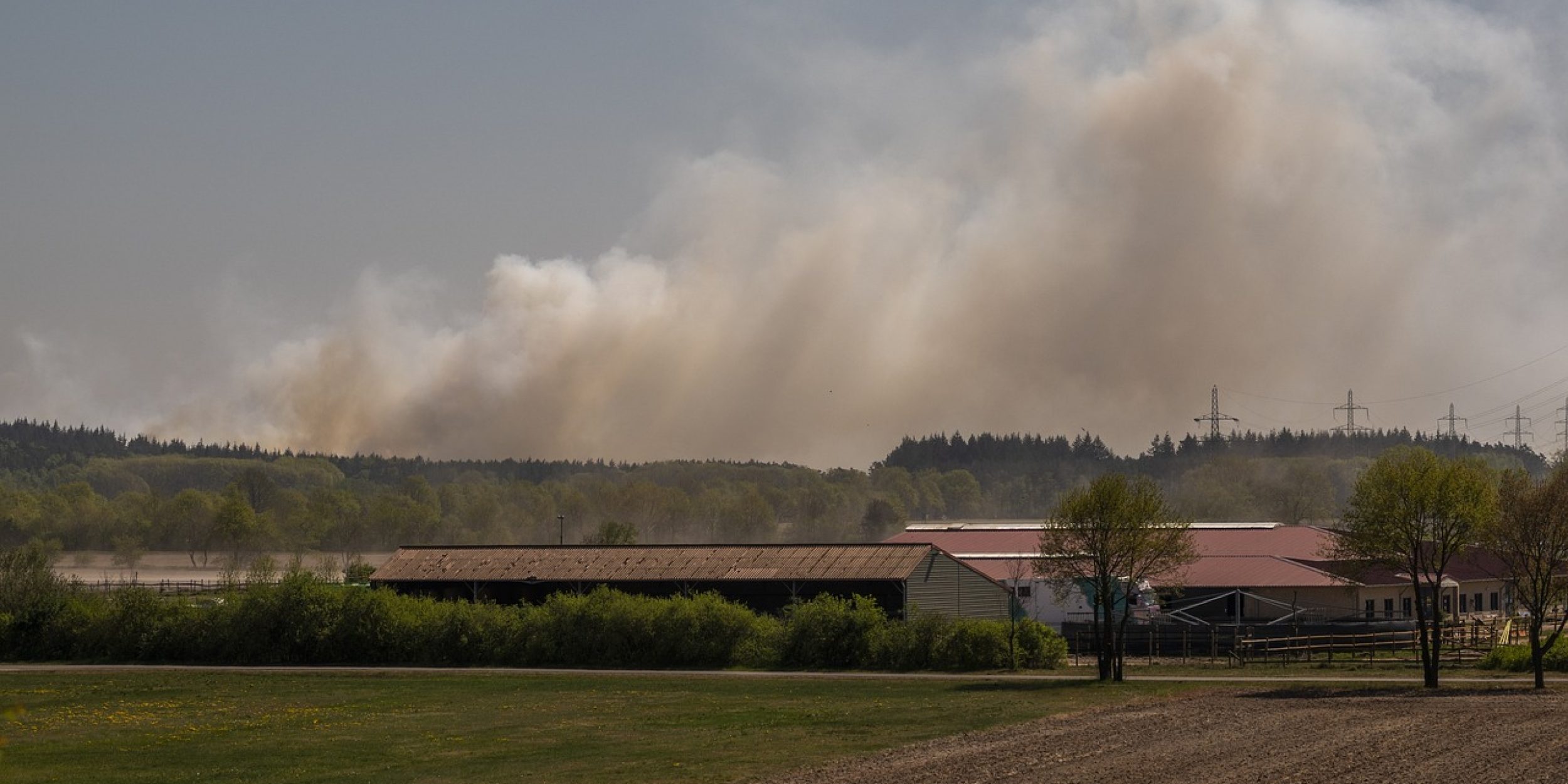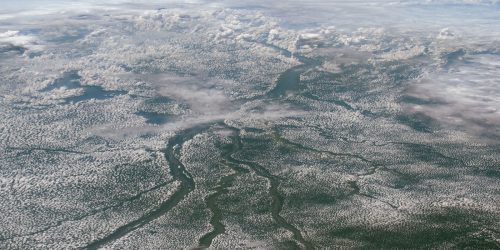
Image Credit: Pixabay
Apart from wildfires, air quality and health challenges are also created by planned burns in grasslands, shrublands, and farmland. Few studies have investigated how different crops or plant types may contribute to air pollution when burned. The Climate Program Office’s Atmospheric Chemistry, Carbon Cycle and Climate (AC4) Program supported a new study that looks into emissions of many pollutants across different plant types and crop residues after harvest season. AC4-funded scientists Robert Yokelson of the University of Montana and Glenn Wolfe of NASA Goddard Space Flight Center worked with a large, international team of researchers to study the impacts of these planned fires in the Eastern US. This research project was part of an AC4 initiative to use data from the joint NOAA- and NASA-led FIREX-AQ (Fire Influence on Regional to Global Environments and Air Quality 2019) field campaigns. The growing body of work from this initiative has improved the research community’s ability to predict fire and smoke impacts.
The study, published in JGR Atmospheres, showed that emissions from agricultural and other planned fires were extremely variable. For example, residue from corn crops burned as a fire with much more active flames than rice, soybean, or wheat crops, which tended to burn as smoldering fires, producing different emissions. Additionally, the emissions from crop fires had very different characteristics compared to non-agricultural burns. Observations from FIREX-AQ were similar to other measurements taken during more localized field campaigns in the US, however, they were very different from globally averaged wildfire data. These findings emphasize the importance of using model inputs and parameters that are highly specific to certain regions and crop types.
For more information, contact Clara Deck.










